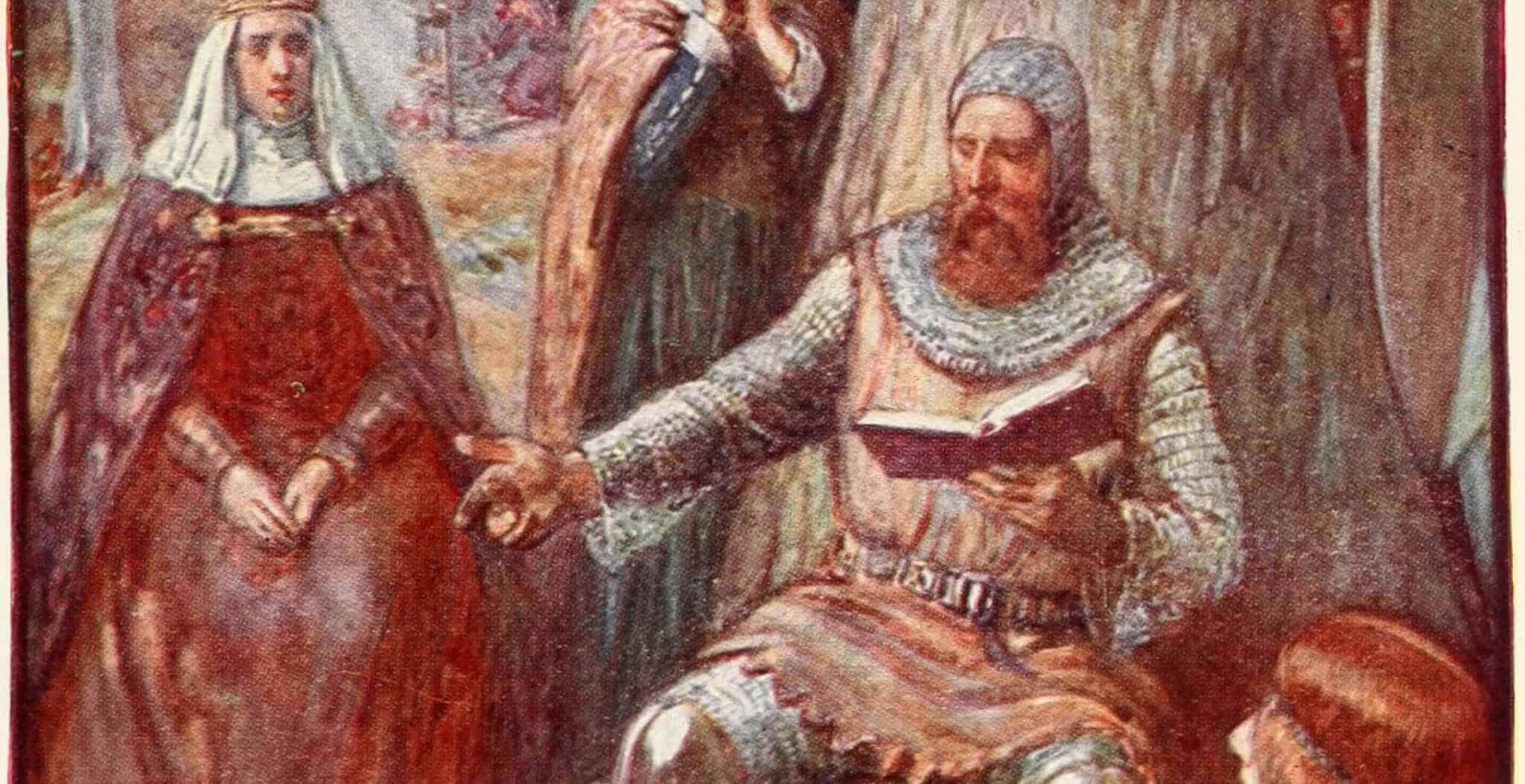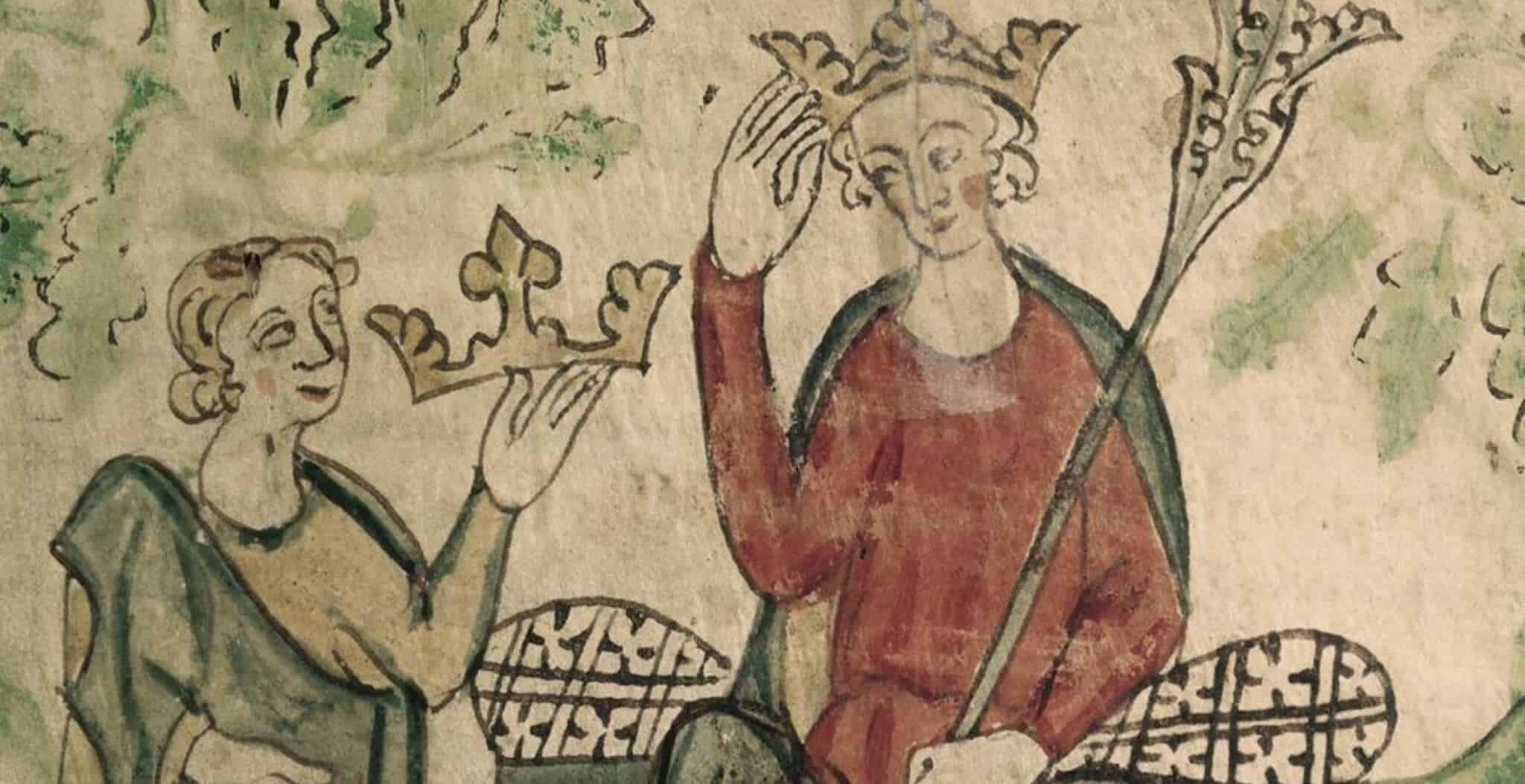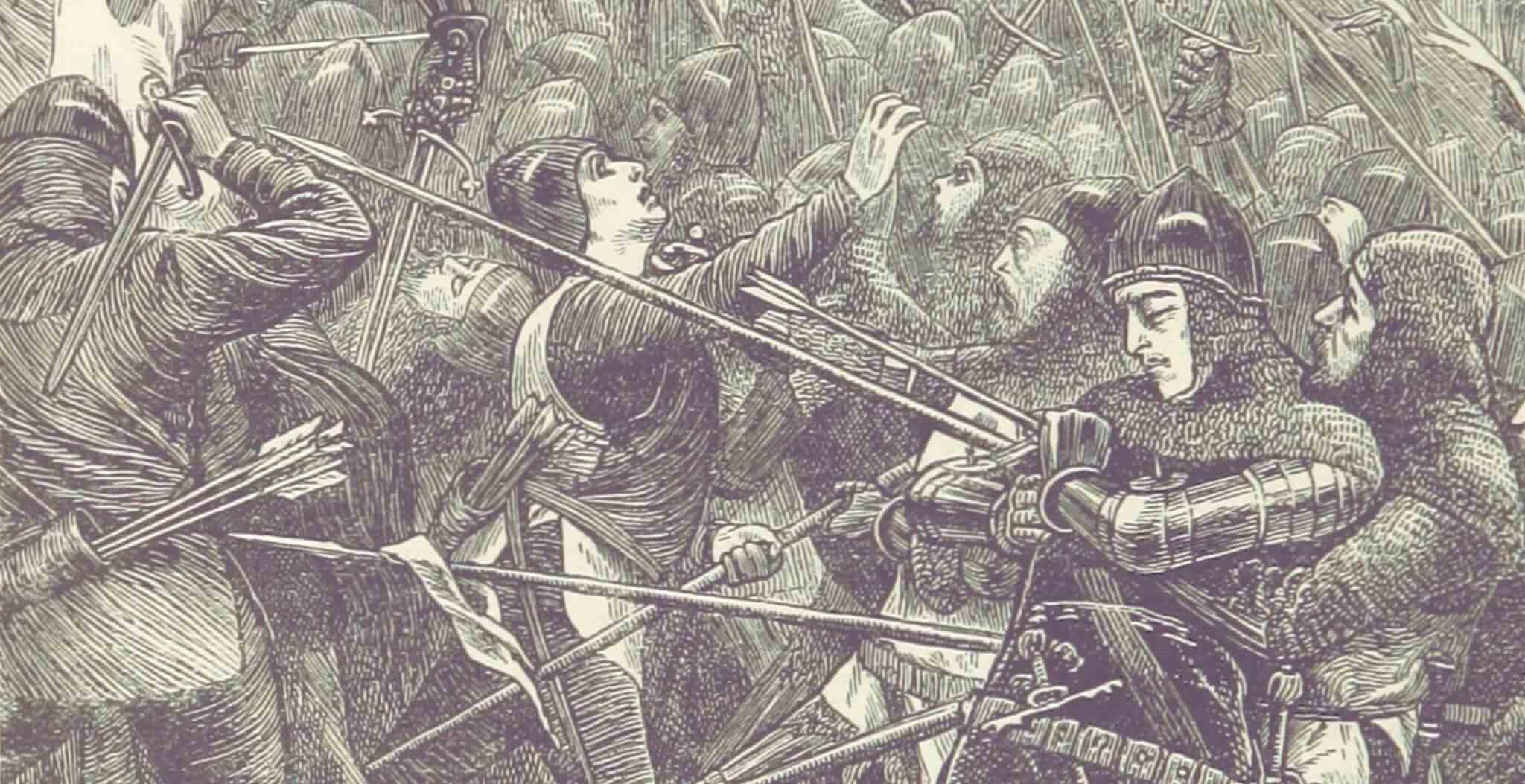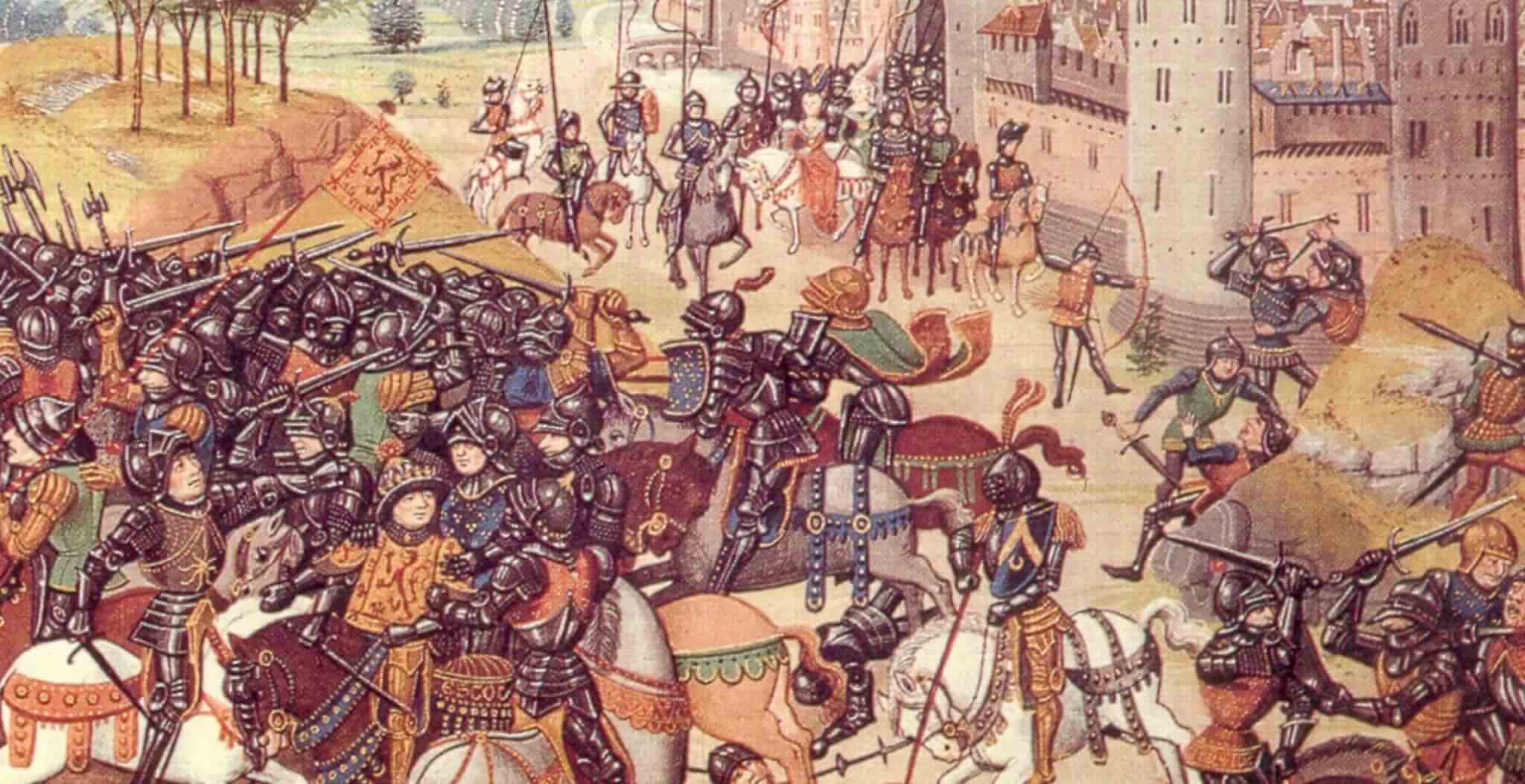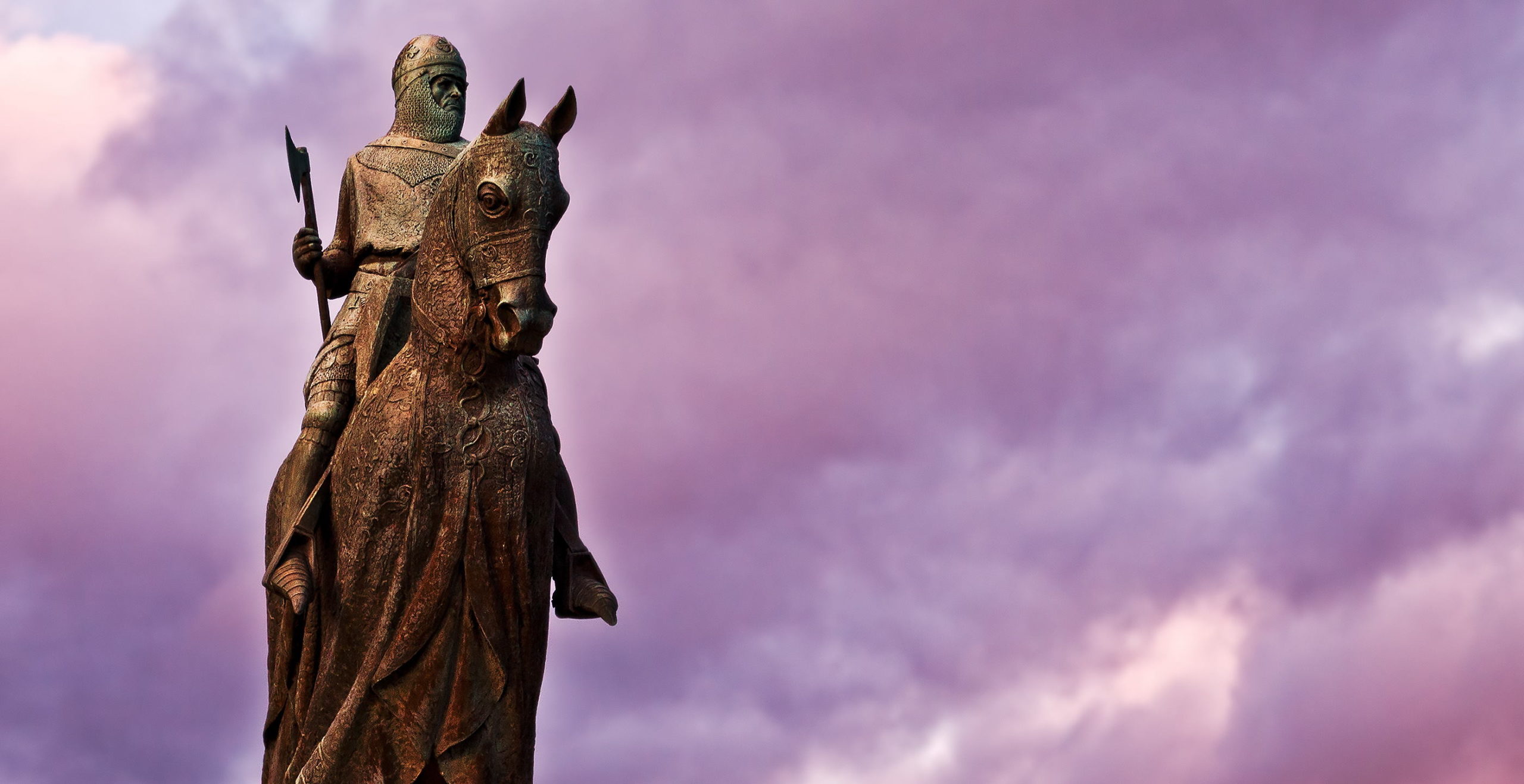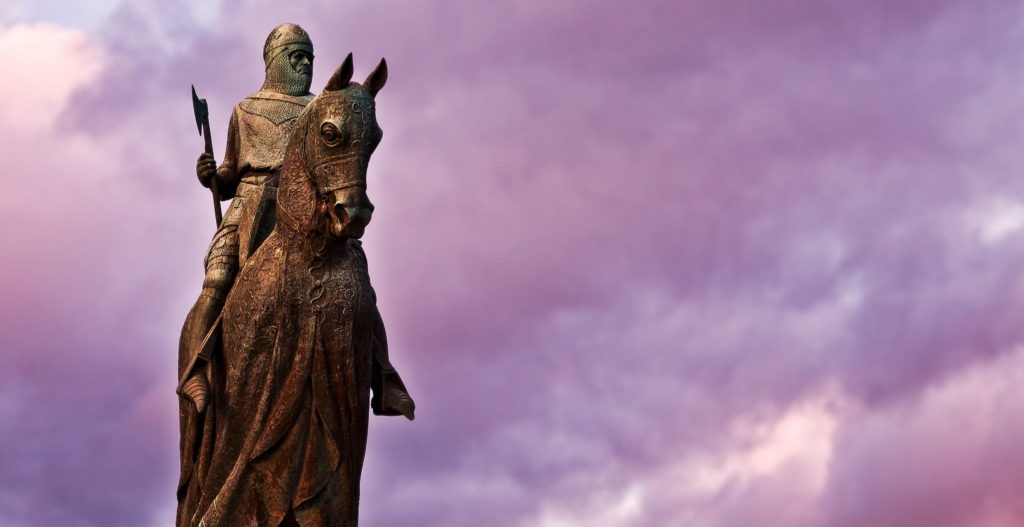The death of Robert the Bruce in 1329 left Scotland with a 4 year-old king, Robert’s son, David II. Like his father before him however, David’s claim to throne was far from clear.
Yet another contender, Edward Balliol, seized upon the opportunity to stake his claim to the crown. Edward’s father, King John Balliol had reigned in Scotland until 1296. Supported by Henry Beaumont, an Anglo-Scottish noble who had lost his lands when Robert the Bruce became king, Balliol left France to seek the support of the newly crowned English King Edward III. Although the king agreed in principle, he stipulated that any invasion launched by Balliol must be by sea and not land.

By the end of July, Balliol and Beaumont had assembled a small army of around 2,000, mainly Englishmen, boarded 88 ships and sailed from Yorkshire to Fife.
Deciding to engage the smaller of two Scottish armies that had been mustered against them, Balliol marched on Perth. The Scottish army waiting for them on the northern banks of the River Earn was some 10,000 strong.
Commanded by Donald, Earl of Mar, the Scots were so confident in their numerical superiority that they didn’t even bother to post sentries before settling down to enjoy the evening festivities on the night of the 10th August 1332.
Unobserved, the English army crossed the Earn and took up a strong defensive position on some high ground with their longbowmen strategically positioned on either flank. Incensed at being outmanoeuvred, the Scots charged the English position, only to be met by an arrow storm which continued to take its toll in wave after devastating wave.
It is said that the Scottish bodies were piled to the height of a spear whilst the English losses were light in comparison.
A few weeks later Edward Balliol was crowned king at Scone, a throne he would occupy only to the end of the year. The tactics adopted by the English however would be used to great effect over the next hundred years across the battlefields of Europe.
The deathly power of the English longbow had been demonstrated for the first time.
Click here for a Battlefield Map
Key Facts:
Date: 10th and 11th August, 1332
War: Second War of Scottish Independence
Location: Near Scone, Perthshire
Belligerents: Bruce Loyalists, Balliol Supporters with English allies
Victors: Balliol Supporters
Numbers: Bruce Loyalists around 10,000, Ballilol Supporters around 2,000
Casualties: Bruce Loyalists considerable, Ballilol Supporters 33
Commanders: Earl of Mar (Bruce), Edward Balliol and Henry de Beaumont (Ballilol)
Location:
